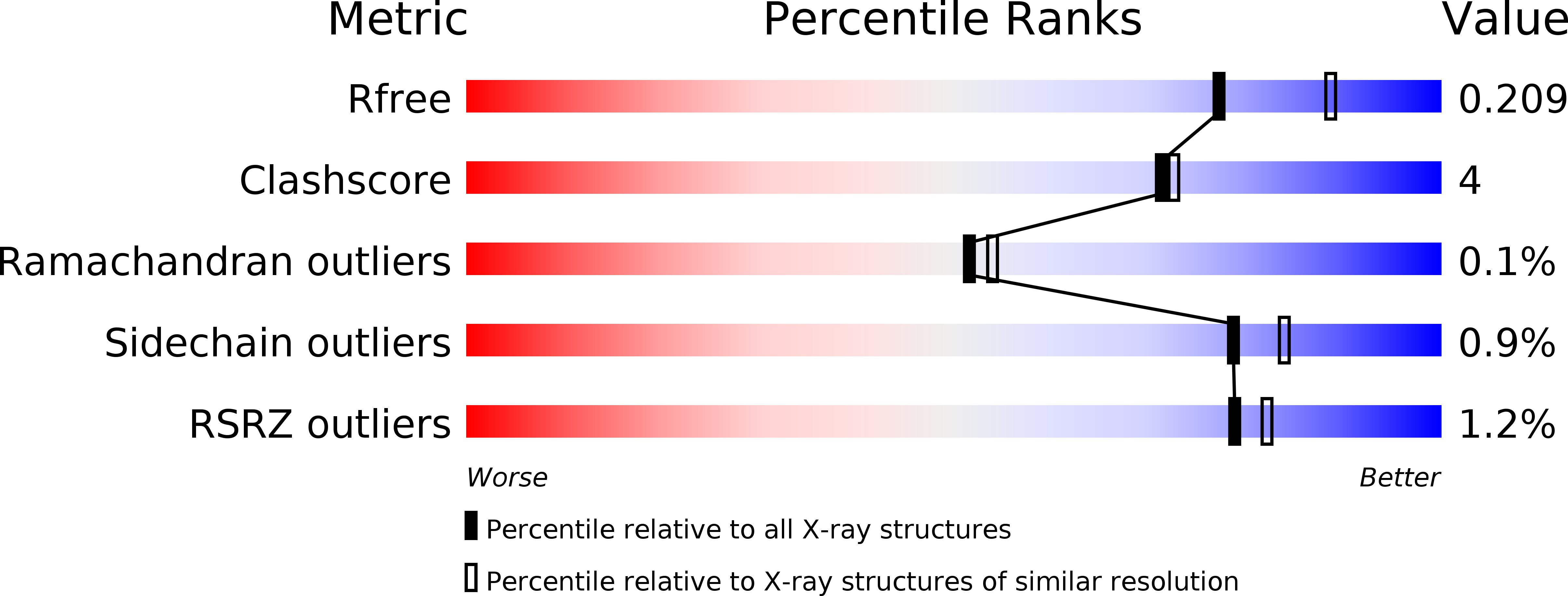
Deposition Date
2010-10-28
Release Date
2010-11-10
Last Version Date
2023-09-06
Entry Detail
PDB ID:
3PFD
Keywords:
Title:
Crystal structure of an Acyl-CoA dehydrogenase from Mycobacterium thermoresistibile bound to reduced flavin adenine dinucleotide solved by combined iodide ion SAD MR
Biological Source:
Source Organism:
Mycobacterium thermoresistibile (Taxon ID: 1797)
Host Organism:
Method Details:
Experimental Method:
Resolution:
2.10 Å
R-Value Free:
0.20
R-Value Work:
0.16
R-Value Observed:
0.17
Space Group:
P 1 21 1


